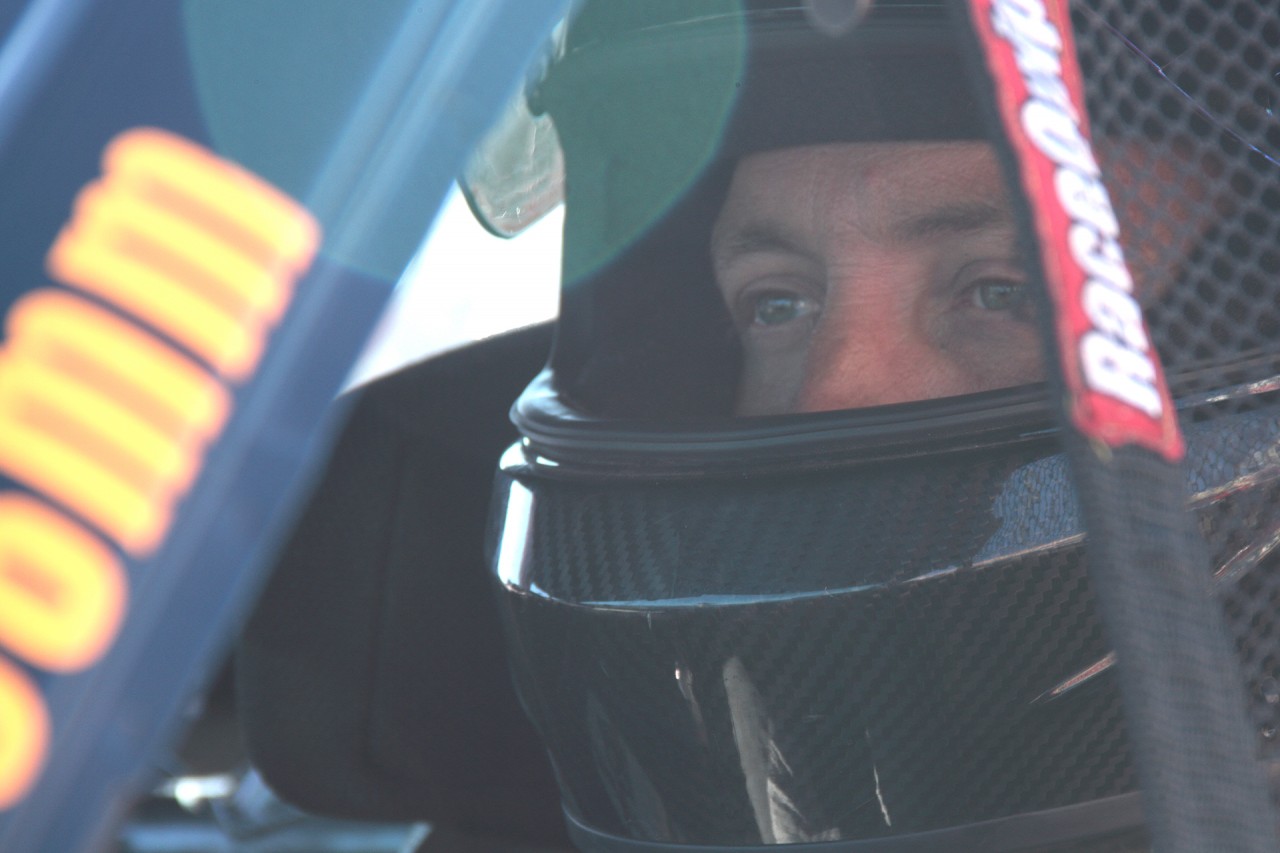
I have to admit, as I look back at some of my driving experiences on and off the track, there have been moments when I was completely taken by surprise, lost my concentration and taken my eyes off the road. Those experiences taught me the importance of vision, of looking where you want to go.
For more than a month now I have been down under sharing time between Australia and New Zealand, and it’s hard to ignore all the hype surrounding the Aussie V8 Supercars or that, as of 2019, the switch to right-hand-drive Mustangs and Camaros will take place, ending the generations-old battle between locally built GM and Ford sedans. The police forces in both countries always used Holden Commodores and Ford Falcons as regular old patrol cars. However, when in full flight, these V8 Supercars were renowned for the way they attack corners, oftentimes hammering the rumble strips so aggressively that they become airborne.
Their drivers can do this because they are confident in their abilities even as they are far less prone to distractions despite all the chaos unfolding around them. They have established good vision habits, among other traits.
While in Sydney, digging around in my friend’s library, I came across a book by racer Ben Collins “How to Drive: The Ultimate Guide From the Man Who Was The Stig.” I wasn’t many pages into the book before Collins drilled home the message of sight, together with just how you should sit in your car. It proved to be informative for me because Collins explained how it’s best to drop the seat down as low as you can while making sure you can still see the corners of your car. Sitting low to the ground and close to the center of gravity of your car translates to your butt getting a lot more information.
Seeing all four corners of your car, for better placement in the road corners, is just as important as being as low in the car as you can be, of course. This may lead to a compromise for HPDE drivers like myself, lacking in the height department, such that easing the seat back up a little may be in order. Point is, before you brake and rotate and aim for corner exit, you need to see it all laid out in front of you. Guessing is good for games, but it has serious limitations on the track when it comes to braking and remaining straight for as long as possible — unless, of course, your name is Jamie Whincup and you can do the unimaginable behind the wheel!
There is a reason why we say, “seeing is believing.” As you start to understand how to drive, you realize your car will go exactly where you look, and that is perhaps the most important message of all for any new driver starting out in HPDE1. If you have a clear view to where you are going, you will believe you can make it through to the exit of the corner and much more.
Vision and consistency are always a good place to start when working on improving your driving. And yes, seeing it all and becoming consistent is the foundation for confidence, which is why we return to the track again and again.